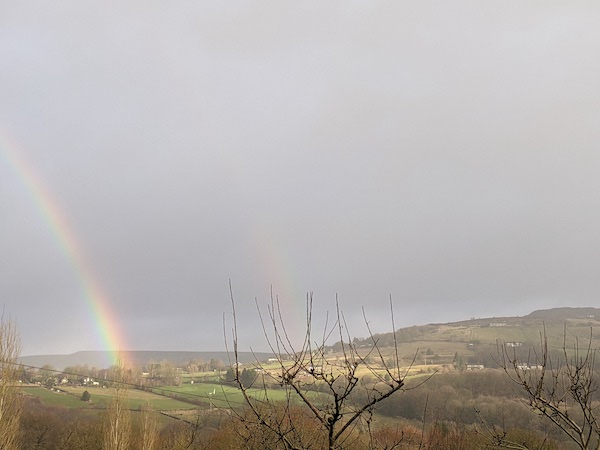
2024 started with headaches and ice. We had a big snowfall, which turned the streets icy and treacherous for a few days. Otherwise, January was mostly quiet, trying to get the year started, although I did have a visit from a friend of Rosy’s looking for somewhere quiet to write an essay. I also went down to the Midlands for my Dad’s 80th birthday.

The headaches were not much fun. For some reason, I had migraines on four consecutive Tuesdays, with one being so bad that I had a day off work. In response, I set up some alarms to remind me to take water, and that seems to be easing things.

After several months of reduced targets, I increased my step count because of a work competition. I walked 308,759 steps in total, an average of 9,960, with my highest being 29,000 on a hike with work. I looked back, and this current daily streak has been running since the first day of 2020. My weight continues to be high and at one point I hit what I think is my highest ever. Despite mostly cutting out sweets and crisps this month, things are stable and I only lost half a pound during January.
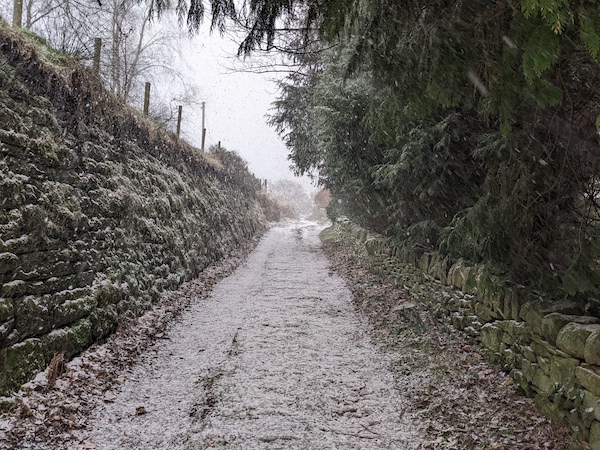
I finished watching Monarch: Legacy of Monsters on AppleTV. I thought there were only eight episodes, with an irritating cliffhanger, but there were actually two more, which failed to salvage things. I tried getting back into Oz but after a couple of week’s break I could not remember which episodes I’d seen and not, which seemed a bad sign. I rewatched the first episode of Mr Robot and loved it. I think I’ll continue watching that slowly.

Reading continues to be chaotic, but without any space to sort it out. I enjoyed David Bowie, Enid Blyton and the Sun Machine and Everything I Need I Get from You: How Fangirls Created the Internet. I also re-read Rules of Attraction, and liked how different it was from my memories. Otherwise, distraction is overwhelming and I’m just not able to settle into the enchantment of a good book.
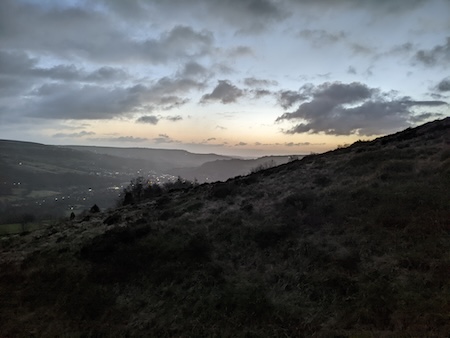
It’s been a good month for movies, having watched 19, including 3 at the cinema. My love of films is being propelled by sharing responses with friends on Letterboxd. I watched three 3-hour epics: Killers of the Flower Moon was long but excellent; Oppenheimer was not quite the physics movie I wanted; and Malcolm X was stunning. Days of Heaven was beautiful but hard to engage with at home. I saw Poor Things in the cinema and loathed it, finding the film’s concept incredibly problematic. I watched A Few Good Men for the first time and loved the cast. And Bottoms turned out to be a superb high school movie.
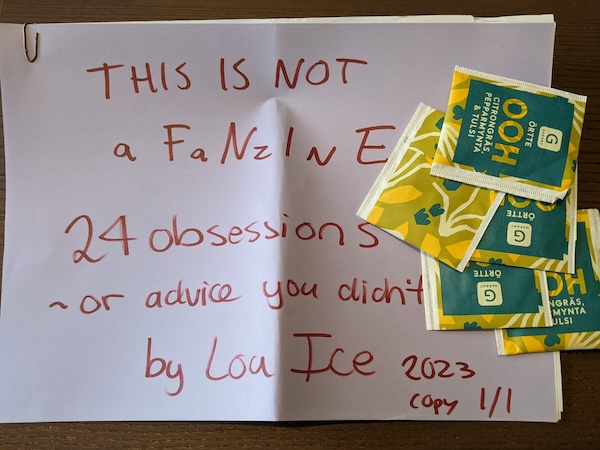
Writing continues to be challenging. I find myself wondering if it’s worth the time I give it, since putting that effort into work would pay significant dividends. Sending out a weekly story email has got me thinking about how I do my best work, and I do think I can become more consistent. The main lesson so far is that my best work is written fast. I finished three stories for my fortnightly group this month: How Paul Sampson was kicked out of the Band, The Thing in the Churchyard and The Works. I’m still deciding if they are worth doing further work on.
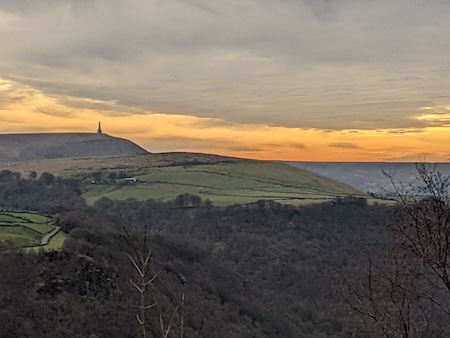
I’ve mostly avoided social media, although I find myself flicking through it when I’m tired. I had considered rejoining Facebook for local information but then I caught up with Erin Kissane’s series on Facebook, which is truly shocking. The company made commercial decisions knowing they would cost lives. I’m increasingly excited by the blogging revival and wrote a number of posts last month:
- Nick Cave and Cynicism
- Why the World is Doomed
- Don’t Save the Best
- The Secret World of Crisps
- Lessons from the 2023 Mycelium Parish News
- Folk Horror and Brexit
- Writer’s Notebook: A New Type of Novel?
- Writer’s Notebook: Live vs Dead Work
- Writer’s Notebook: Finish or Delete

Work feels like it’s going well. I gave a small talk on cucumber, and also started playing with GenAI. I’m hearing some people claim that this is another empty hype-cycle like blockchain. But, in this case, there is something solid behind the hype.

- I read at a spoken word open mic in Todmorden. I’ve not read in a while and was rusty, but I did enjoy it.
- The Indelicates released Cold War Bop the first single from their forthcoming album Avenue QAnon.
- I learned that Small Batch Coffee in Brighton have closed most of their branches, which makes me feel a little sad. It’s been almost a year since I went to Brighton, and the town I knew is disappearing.
- I finally put new curtains up in the lounge and the room feels totally different.
